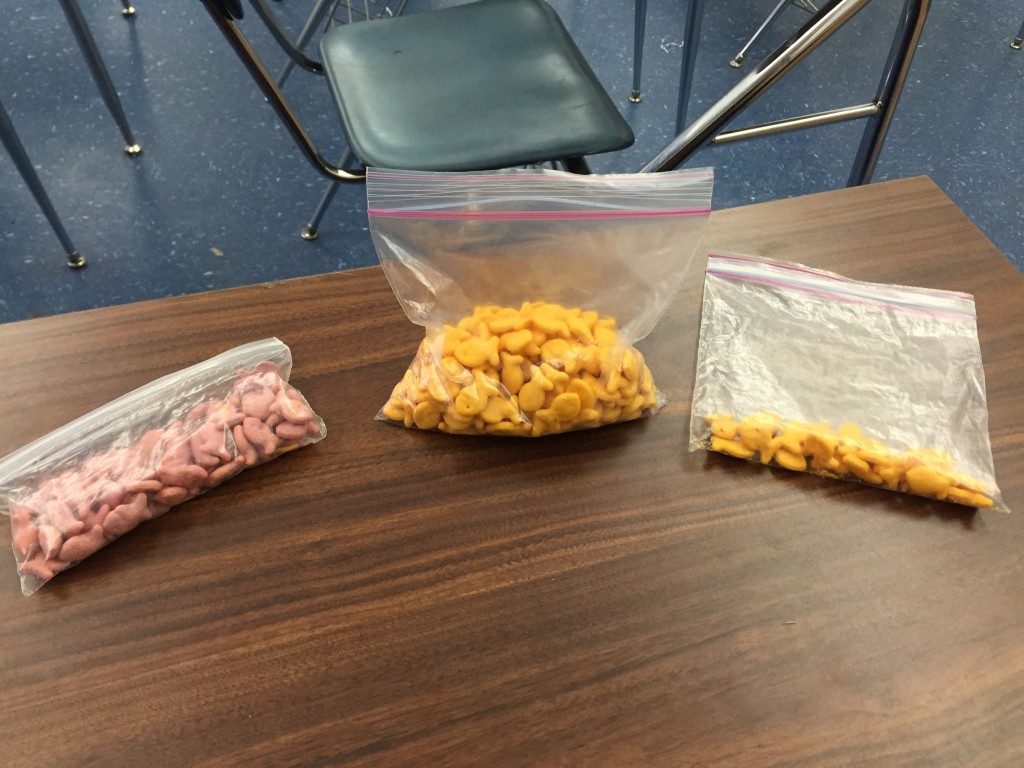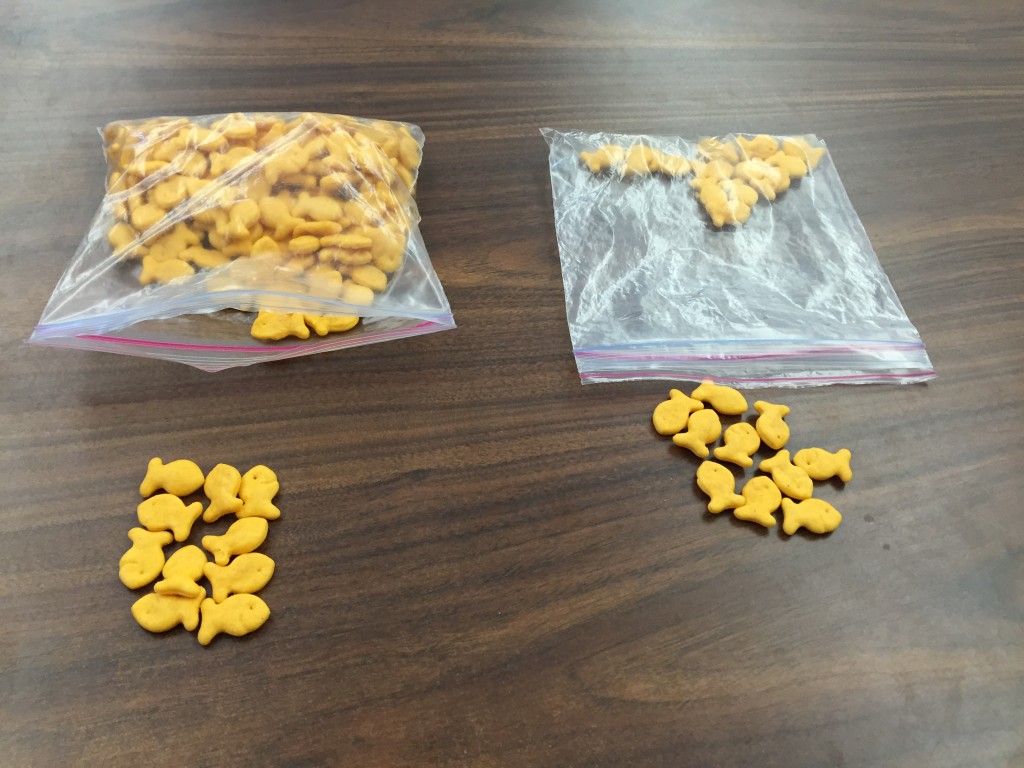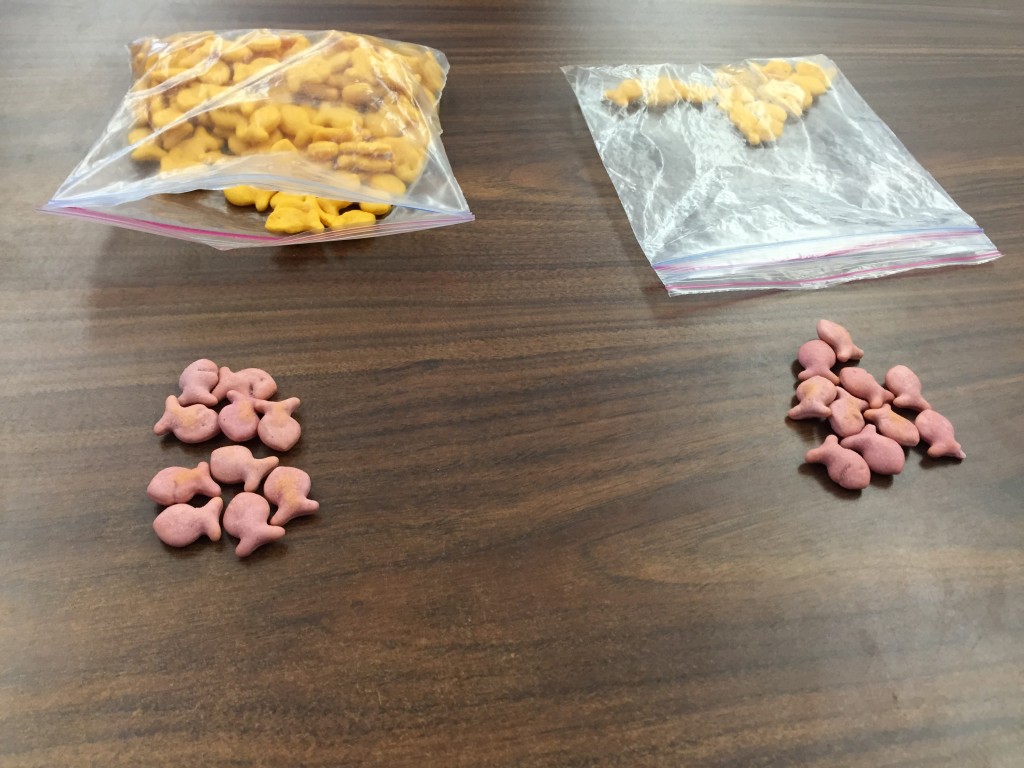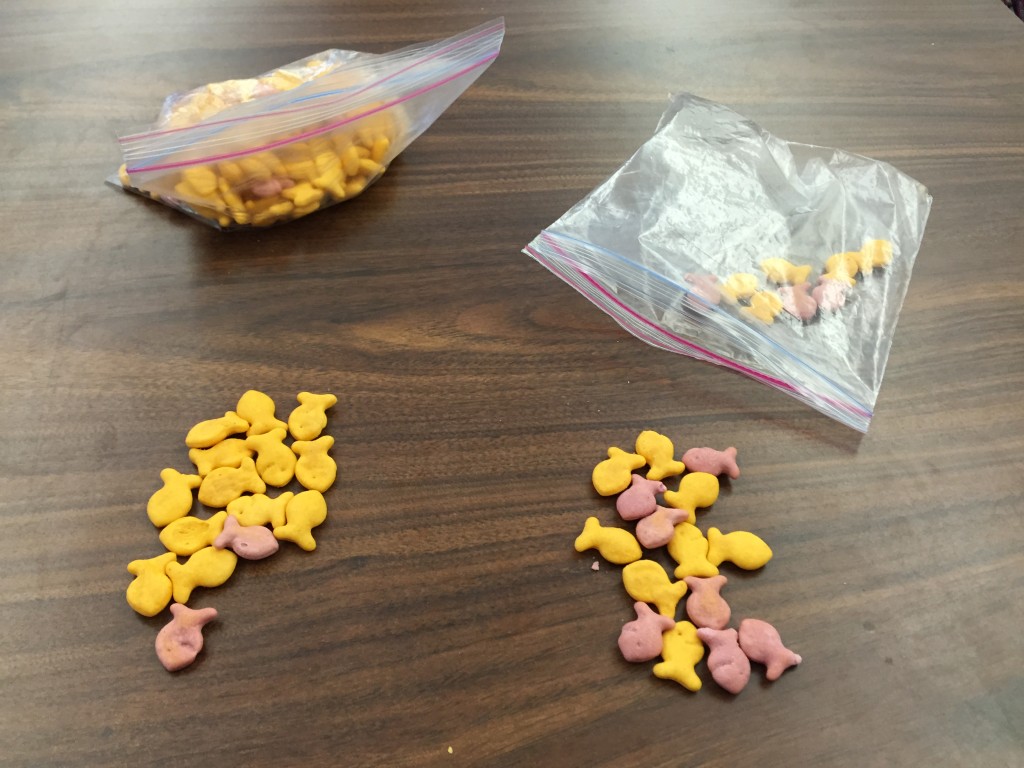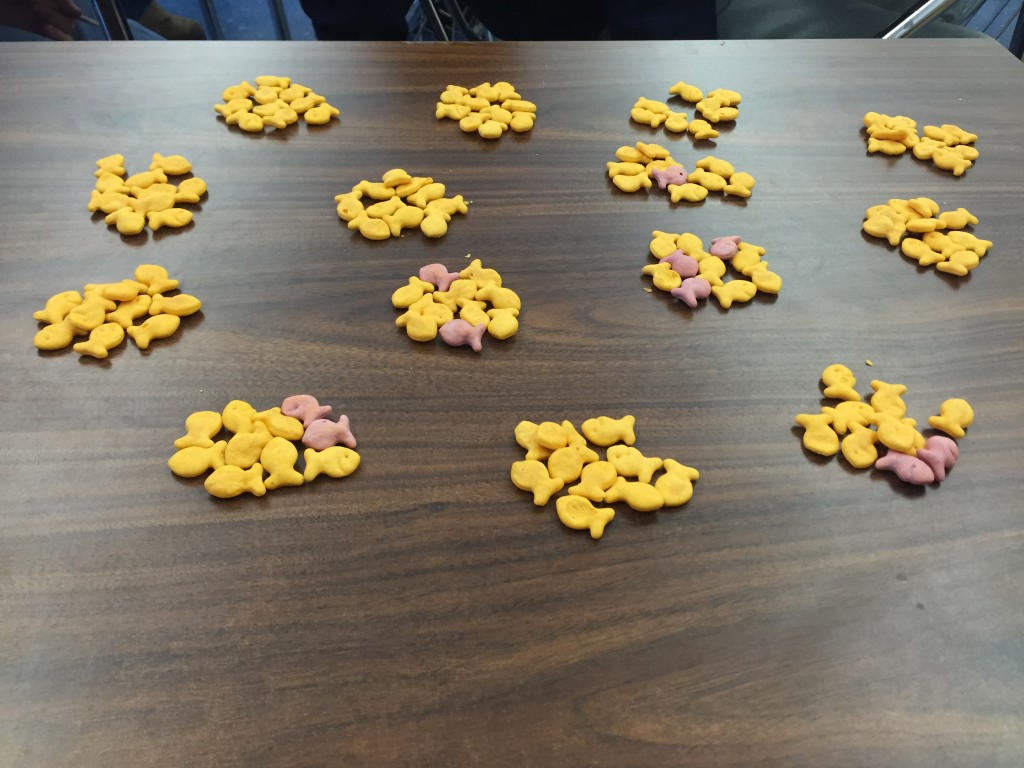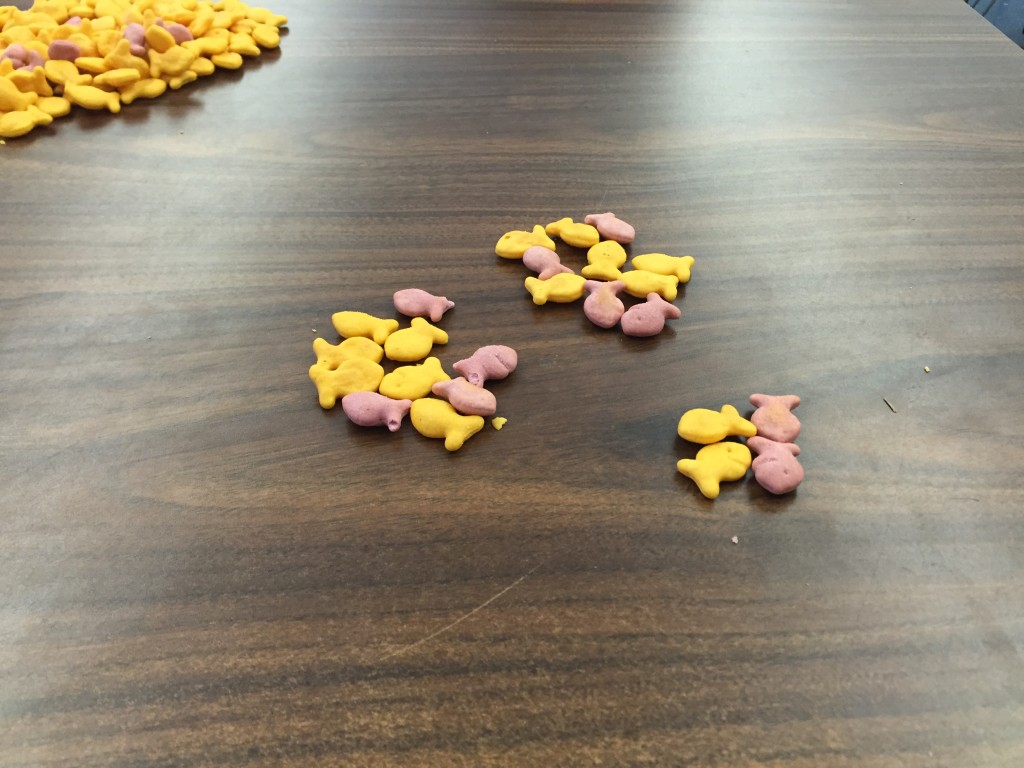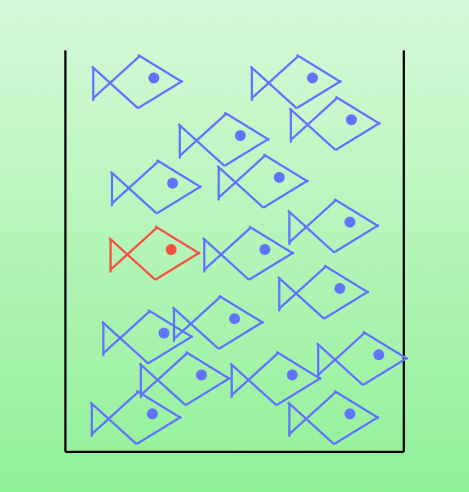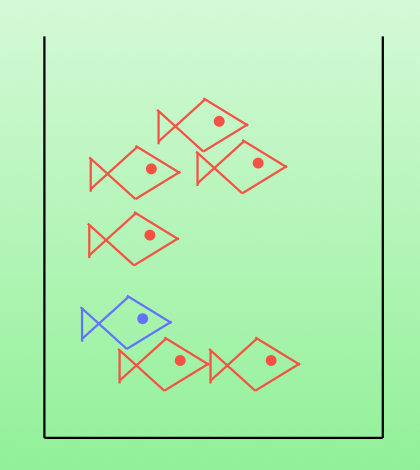A retiring colleague of mine gave the graduation speech last year. He is someone who I looked up to a lot and always appreciated my interactions with him. One point he made during his speech that struck me was when he spoke of how thankful he was to have spent his life in such a “spiritually challenging profession”. He talked about how it made him a better person, and then a better teacher. I understood myself to know what he meant because much of my own classroom clarity came from a similar realization. There is a beautiful quote from a book I love by Robert Pirzig called Zen And The Art Of Motorcycle Maintenance which describes this spiritual challenge perfectly, albeit not from the perspective of a teacher:
“The application of this knife, the division of the world into parts and the building of this structure, is something everybody does. All the time we are aware of millions of things around us – these changing shapes, these burning hills, the sound of the engine, the feel of the throttle, each rock and weed and fence post and piece of debris beside the road – aware of these things but not really conscious of them unless there is something unusual or unless they reflect something we are predisposed to see. We could not possibly be conscious of these things and remember all of them because our mind would be so full of useless details we would be unable to think. From all this awareness we must select, and what we select and call consciousness is never the same as the awareness because the process of selection mutates it. We take a handful of sand from the endless landscape of awareness around us and call that handful of sand the world.”
It is so hard to know if you are really seeing your classroom for what it is – rather than what you want it to be or what bugs you about it. Or as simply a collection of small events that deviated from your predictions of how you thought it would go, or heard it would go, or read it would go. We share stories of our classrooms and those stories are a collection of things that stood out. Little pieces of awareness that we brought into consciousness. But who knows what we missed or how our consciousness mutated the actual events in the room. They are by definition incomplete stories and maybe at the end of the day the best teachers are the ones who can reconstruct the clearest and most accurate picture of their class as a whole.
How do we thrive in a spiritually challenging profession? These bullet points are my two cents:
Along the way I’ve realized that every time I felt out of control, or stressed, it could be alleviated by improved lessons, or new structures. No doubt about that. But somewhere below all of those great teaching strategies that we know work – there are still personal insecurities that need to be understood. Teaching will make you confront those. That’s the spiritual part. I thank my profession and my students for exposing me to my own. It made me a better person… who then became a better teacher.

